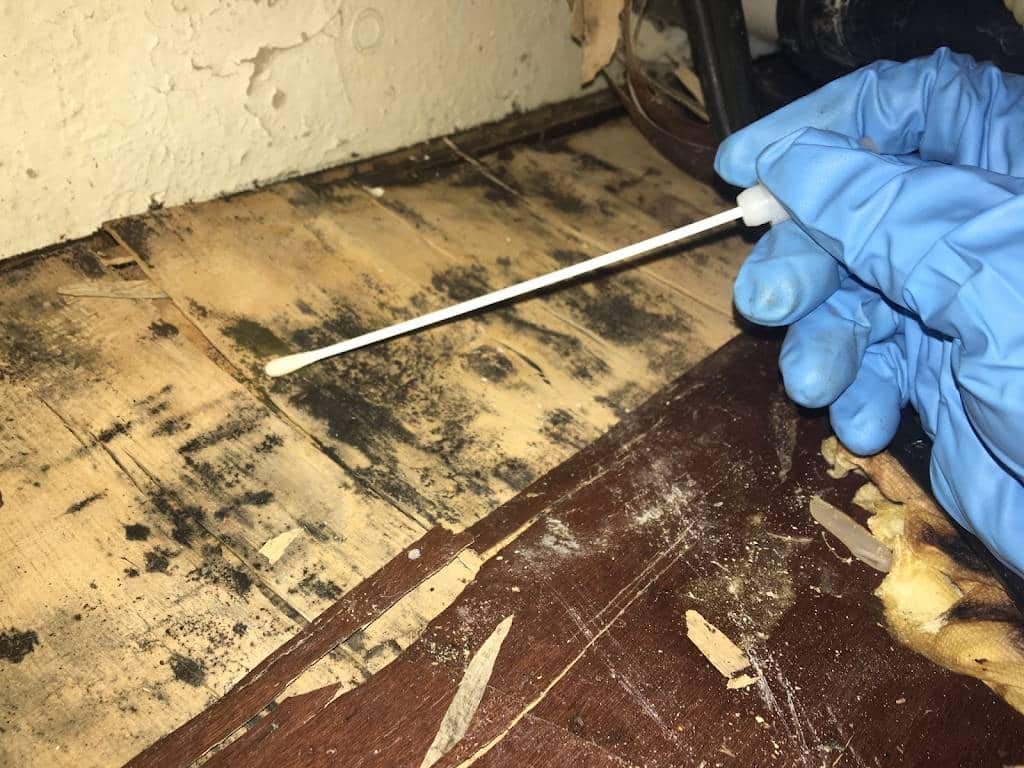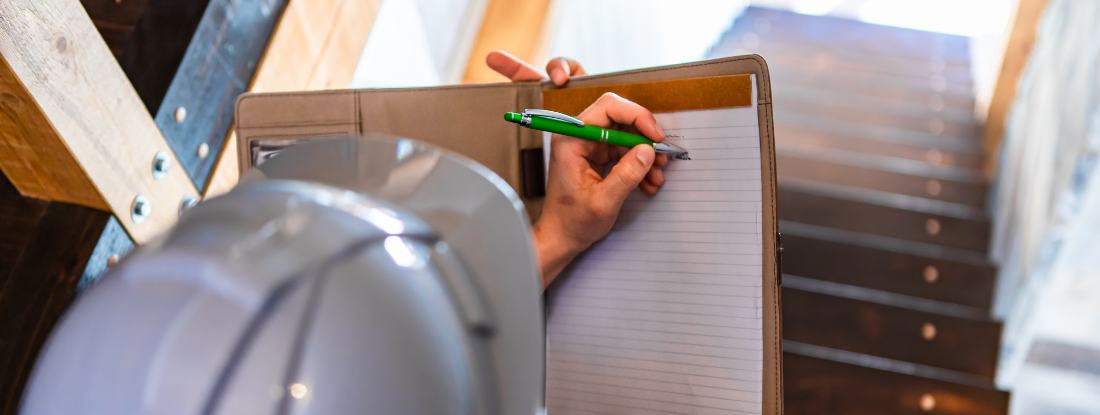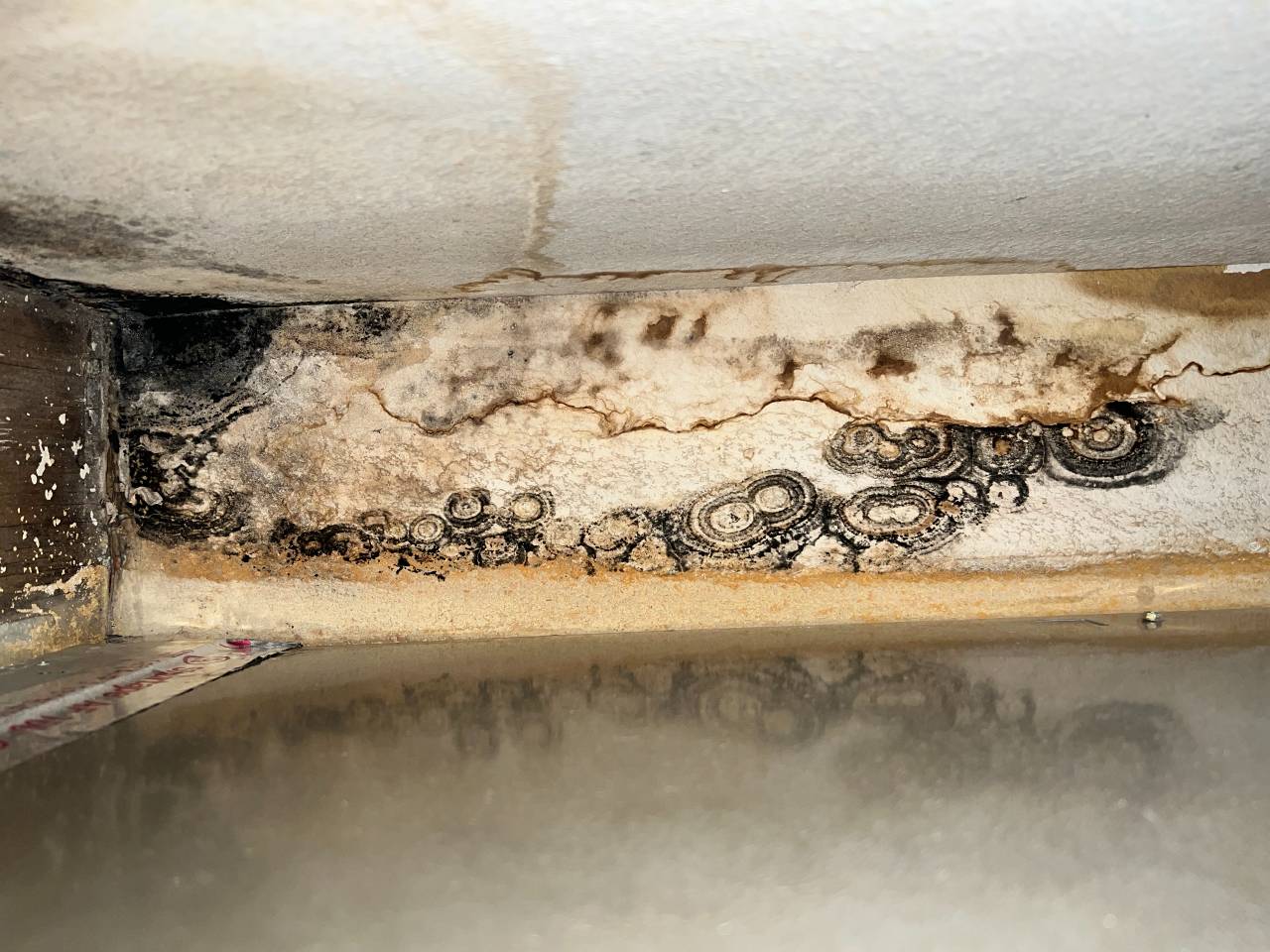After Mold Remediation Methods for Tidy Areas
After Mold Remediation Methods for Tidy Areas
Blog Article
Effective Article Mold And Mildew Removal Solutions for Your Home
Mold growth in homes can be a relentless issue, often calling for a systematic technique for efficient post-remediation services. From understanding the elements that add to mold and mildew growth to implementing proper cleansing strategies and wetness control procedures, the process can be intricate yet critical for keeping a healthy and balanced living setting. Post Mold Remediation.
Understanding Mold Development Elements
Mold and mildew growth is influenced by a selection of variables that are important to comprehend in order to successfully attend to and prevent its spreading. Recognizing these factors is important in implementing successful mold remediation strategies. The key element adding to mold and mildew development is moisture. Mold spores call for dampness to thrive and sprout, making damp or damp atmospheres extremely prone to mold and mildew problems. Poor air flow can additionally lead to moisture buildup, developing a perfect breeding place for mold and mildew.

Additionally, air flow and light exposure can impact mold development. Locations that do not have proper air flow and all-natural light are extra prone to mold and mildew development. By resolving these variables comprehensively, individuals can effectively minimize mold development and safeguard their living settings.
Proper Mold Cleansing Techniques
Using efficient cleaning techniques is vital in stopping the reappearance and resolving of mold and mildew contamination in indoor settings. When taking care of mold and mildew, it is important to focus on safety by putting on protective equipment such as safety glasses, masks, and handwear covers. The initial step in appropriate mold cleansing is to consist of the afflicted location to stop the spread of spores to uncontaminated locations. This can be accomplished by securing off the area and using air scrubbers or unfavorable air devices to preserve air top quality.

Applying Dampness Control Actions
To successfully prevent mold and mildew development and contamination in indoor settings, applying dampness control measures is extremely important. Furthermore, making certain correct ventilation in areas vulnerable to moisture buildup, such as shower rooms and kitchen areas, can aid lower the threat of mold and mildew development. By vigilantly executing these dampness control actions, house owners can properly reduce the chance of mold recontamination and preserve a healthy and balanced indoor environment.
Utilizing All-natural Removal Solutions
After successfully implementing wetness control actions to stop mold growth in interior settings, house owners can currently discover the performance of all-natural remediation solutions in preserving a healthy and balanced living space. Natural remediation remedies use eco friendly methods to battle mold and mildew, making them a preferred choice for those seeking non-toxic choices. By incorporating these all-natural removal options into their cleansing regimens, home owners can efficiently fight mold growth while advertising a much healthier indoor environment for themselves and their households.

Maintaining a Mold-Free Environment
In order to stop mold and mildew reoccurrence and make certain a consistently mold-free atmosphere, it is vital for home owners to implement proactive upkeep methods. Routinely checking areas susceptible to mold growth, such as washrooms, cooking areas, attic rooms, and basements, is important. Addressing any kind of leakages, water damage, or excess moisture immediately pop over to this site can dramatically lower the risk of mold and mildew advancement. what to do after mold remediation. Proper ventilation in locations with high humidity degrees is also key to protecting against mold and mildew growth. Using dehumidifiers or exhaust fans can assist maintain ideal moisture degrees and dissuade mold spores from thriving.
Furthermore, keeping tidiness in the home is vital for mold and mildew prevention. Routinely cleaning and cleaning surface areas, carpetings, and furniture can aid eliminate mold and mildew spores prior to they have a chance to increase and resolve. Making use of mold-resistant products for construction products and furnishings can better assist in creating a mold-free setting. Last but not least, keeping indoor plants in check and making certain correct water drainage in exterior landscape design can minimize wetness accumulation, lowering the likelihood of mold and mildew invasions. By complying with these positive upkeep methods, home owners can effectively promote a mold-free home.
Conclusion
In verdict, it is important to deal with mold development elements, utilize proper cleansing techniques, carry out wetness control procedures, use all-natural remediation options, and maintain a mold-free setting in order to successfully manage post mold and mildew removal in your house - After mold remediation. By following these more information approaches, you can prevent mold from persisting and make sure a healthy living setting for you and your family members
The key factor contributing to mold and mildew growth is moisture. Mold and mildew spores call for moisture to prosper and germinate, making damp or damp environments extremely vulnerable to mold infestations.To successfully protect against mold and mildew development and contamination in interior atmospheres, implementing wetness control procedures is extremely important. Additionally, making certain proper air flow in areas susceptible to moisture buildup, such as kitchen areas and washrooms, can help minimize the danger of mold growth.After effectively implementing wetness control steps to protect against mold development in interior settings, home owners can now check out the effectiveness of all-natural remediation options in maintaining remove mold bathroom wall a healthy and balanced living room.
Report this page